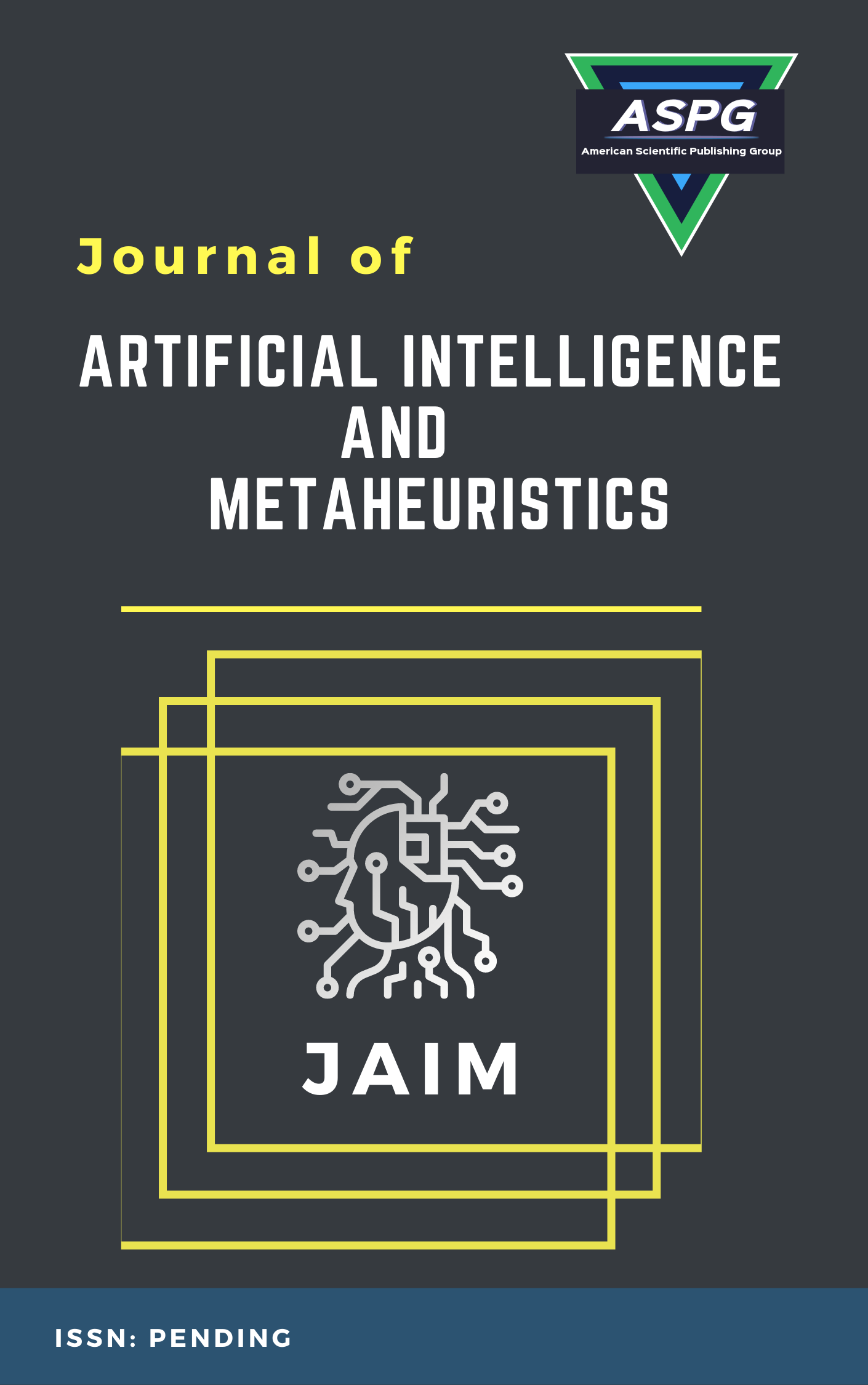

Volume 3 , Issue 2 , PP: 08-17, 2023 | Cite this article as | XML | Html | PDF | Full Length Article
Nima Khodadadi 1 * , Mohamed Saber 2 , Mostafa Abotaleb 3
Doi: https://doi.org/10.54216/JAIM.030201
Obesity is a global health concern with significant impacts on individuals and society. Accurate and timely classification of obesity levels can help in the development of personalized interventions and targeted healthcare strategies. In this paper, we propose a data-driven approach for obesity classification utilizing machine learning techniques. Our study leverages a comprehensive dataset consisting of anthropometric measurements, lifestyle factors, and demographic information of a large cohort of individuals. We explore the effectiveness of various machine learning algorithms, including decision trees, support vector machines, and neural networks, for obesity classification. Feature selection and preprocessing techniques are employed to enhance the performance of the models. Through extensive experimentation and cross-validation, we evaluate the predictive accuracy, sensitivity, specificity, and overall performance of the developed classifiers. Our results demonstrate the efficacy of our data-driven approach, achieving high accuracy in obesity classification. Furthermore, we conduct a comparative analysis of the different algorithms to identify the most suitable model for this task. The proposed framework has the potential to assist healthcare professionals in identifying and classifying obesity levels accurately, contributing to the development of personalized interventions and improving public health outcomes.
Machine Learning , Obesity Classification , Artificial Intelligence (AI) , Data-Driven Intelligence.
[1] Safaei M., Sundararajan, E. A. Driss, M. Boulila, W. & Shapi'i, A., A systematic literature review on obesity: Understanding the causes & consequences of obesity and reviewing various machine learning approaches used to predict obesity. Computers in biology and medicine, 136, 104754, 2021.
[2] Chatterjee A., Gerdes M. W. & Martinez S. G., Identification of risk factors associated with obesity and overweight—a machine learning overview. Sensors, 20(9), 2734, 2020.
[3] Colmenarejo G., Machine learning models to predict childhood and adolescent obesity: a review. Nutrients, 12(8), 2466, 2020.
[4] Triantafyllidis A., Polychronidou E., Alexiadis A. Rocha C. L., Oliveira D. N., da Silva A. S., & Tzovaras D., Computerized decision support and machine learning applications for the prevention and treatment of childhood obesity: A systematic review of the literature. Artificial Intelligence in Medicine, 104, 101844, 2020.
[5] Singh B., & Tawfik H., Machine learning approach for the early prediction of the risk of overweight and obesity in young people. In Computational Science–ICCS 2020: 20th International Conference, Amsterdam, The Netherlands, 523-535, 2020, Proceedings, Springer International Publishing.
[6] Machorro-Cano, I., Alor-Hernández G., Paredes-Valverde, M. A., Ramos-Deonati, U., Sánchez-Cervantes, J. L., & Rodríguez-Mazahua, L, PISIoT: a machine learning and IoT-based smart health platform for overweight and obesity control. Applied Sciences, 9(15), 3037, 2019.
[7] Gerl, M. J., Klose, C., Surma, M. A., Fernandez, C., Melander, O., Männistö, S., ... & Simons, K., Machine learning of human plasma lipidomes for obesity estimation in a large population cohort. PLoS biology, 17(10), 2019.
[8] Fernández-Navarro, T., Díaz, I., Gutiérrez-Díaz, I., Rodríguez-Carrio, J., Suárez, A., de Los Reyes-Gavilán, C. G., ... & González, S, Exploring the interactions between serum free fatty acids and fecal microbiota in obesity through a machine learning algorithm. Food Research International, 121, 533-541, 2019.
[9] Cervantes, R. C., & Palacio, U. M, Estimation of obesity levels based on computational intelligence. Informatics in Medicine Unlocked, 21, 100472, 2020.
[10] Geng, J., Zhang, X., Prabhu, S., Shahoei, S. H., Nelson, E. R., Swanson, K. S., & Smith, A. M., 3D microscopy and deep learning reveal the heterogeneity of crown-like structure microenvironments in intact adipose tissue. Science advances, 7(8), 2021.
[11] Hong N., Wen A., Stone D. J., Tsuji S., Kingsbury P. R., Rasmussen L. V., & Jiang G, Developing a FHIR-based EHR phenotyping framework: A case study for identification of patients with obesity and multiple comorbidities from discharge summaries. Journal of biomedical informatics, 99, 103310, 2019.
[12] Garcia-Carretero R., Vigil-Medina L., Mora-Jimenez I., Soguero-Ruiz C., Barquero-Perez O., & Ramos-Lopez, J., Use of a K-nearest neighbors model to predict the development of type 2 diabetes within 2 years in an obese, hypertensive population. Medical & biological engineering & computing, 58, 991-1002, 2020.
[13] Gadekallu T. R., Iwendi C., Wei, C., & Xin, Q., Identification of malnutrition and prediction of BMI from facial images using real-time image processing and machine learning. IET Image Process, 16, 647-658, 2021.
[14] Shen Z., Shehzad A., Chen S., Sun H., & Liu, J.. Machine learning based approach on food recognition and nutrition estimation. Procedia Computer Science, 174, 448-453, 2020.